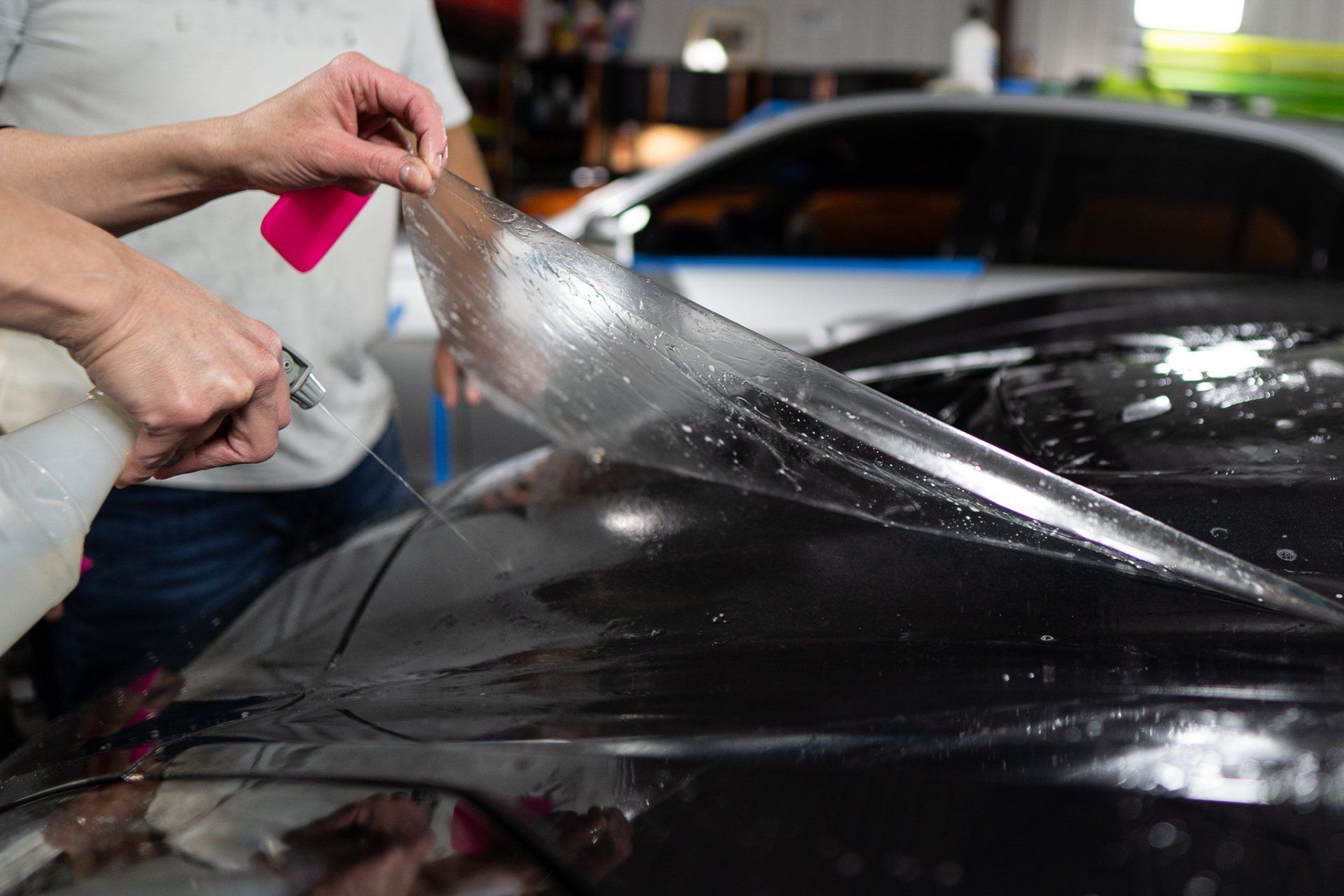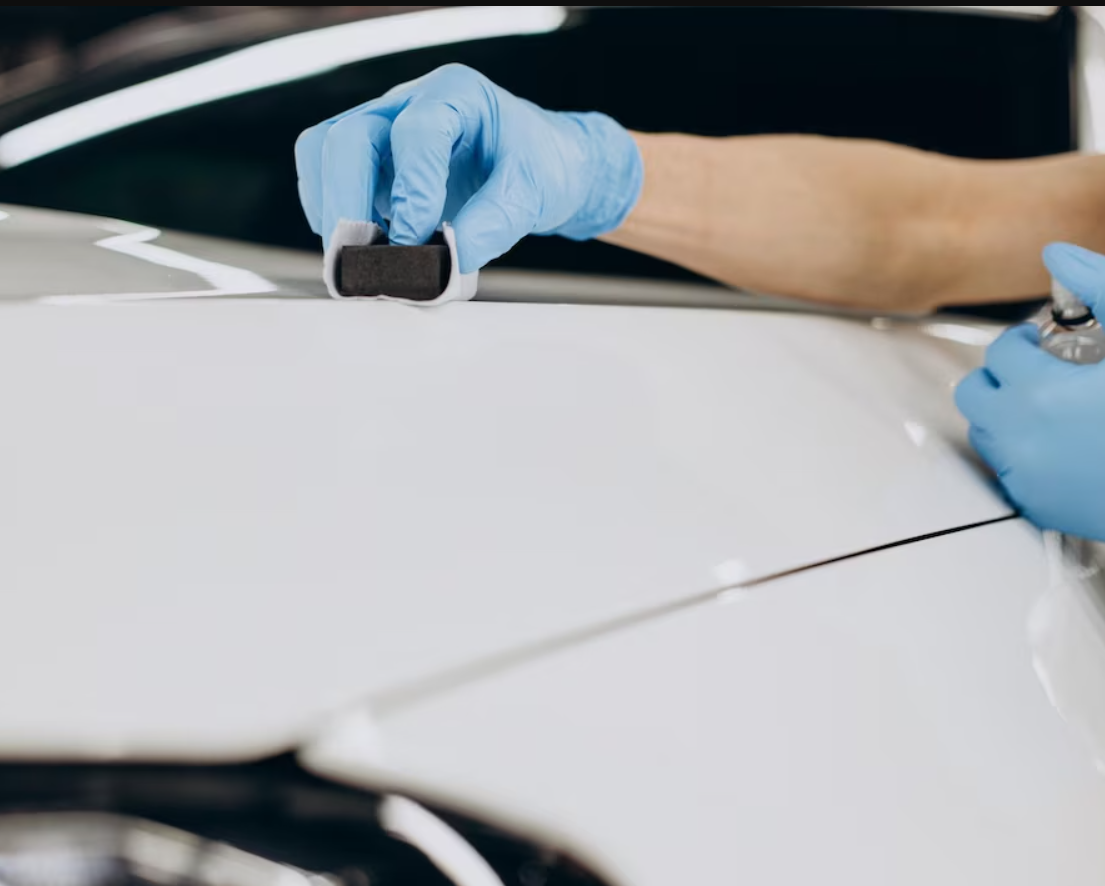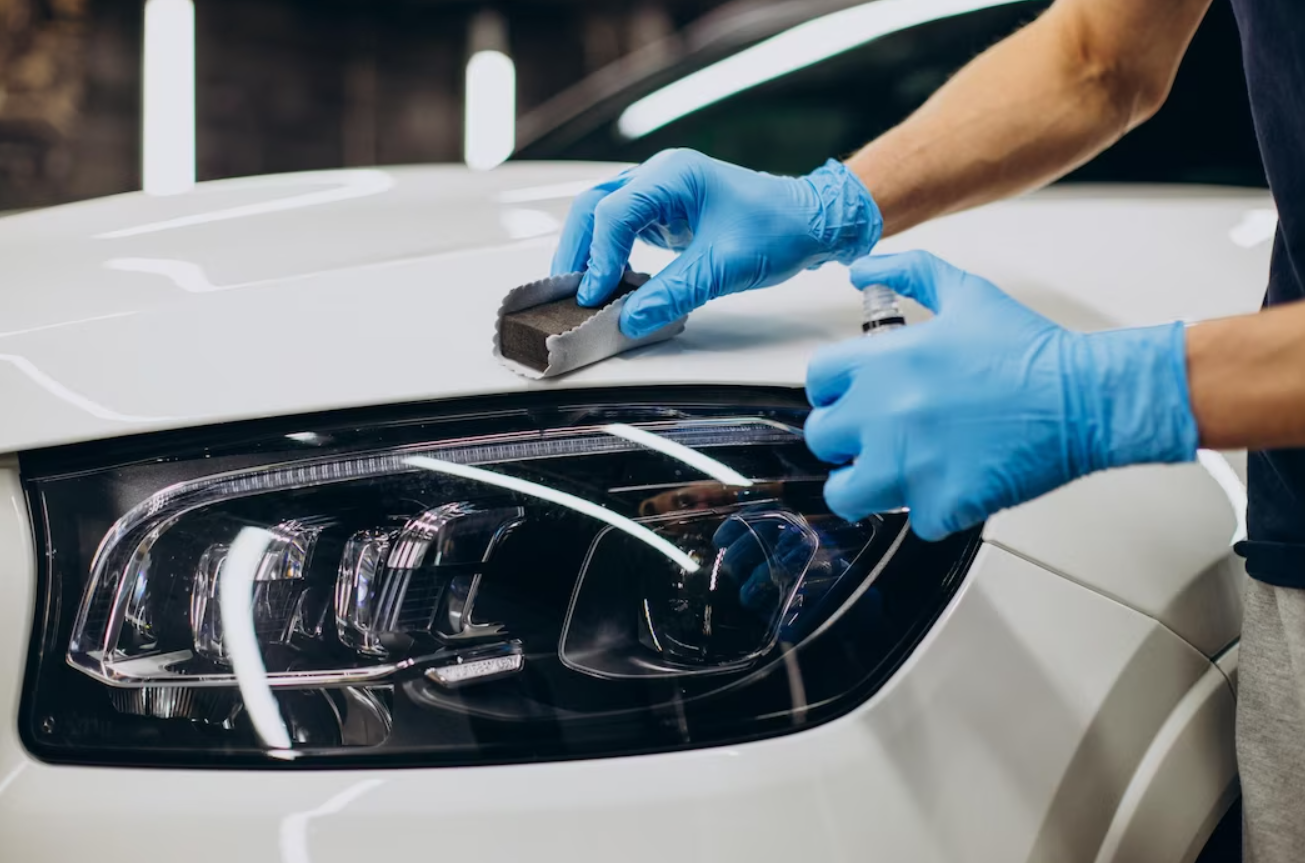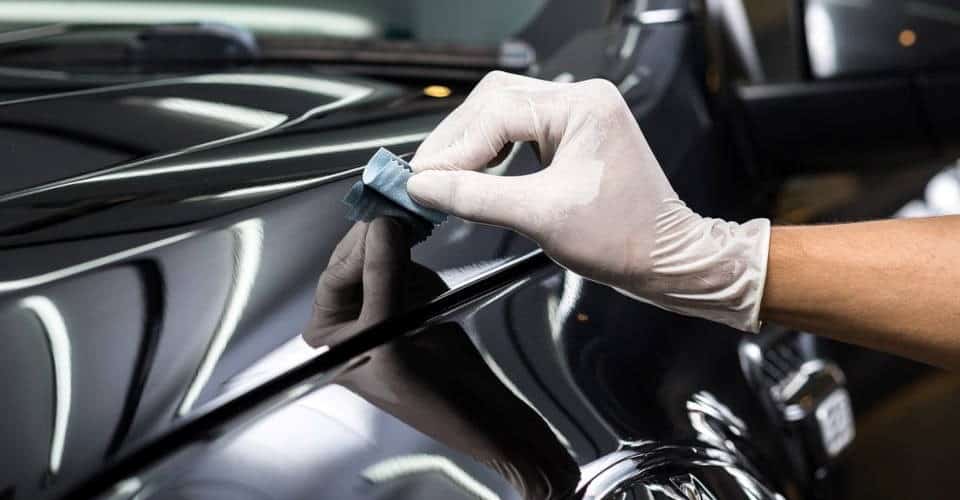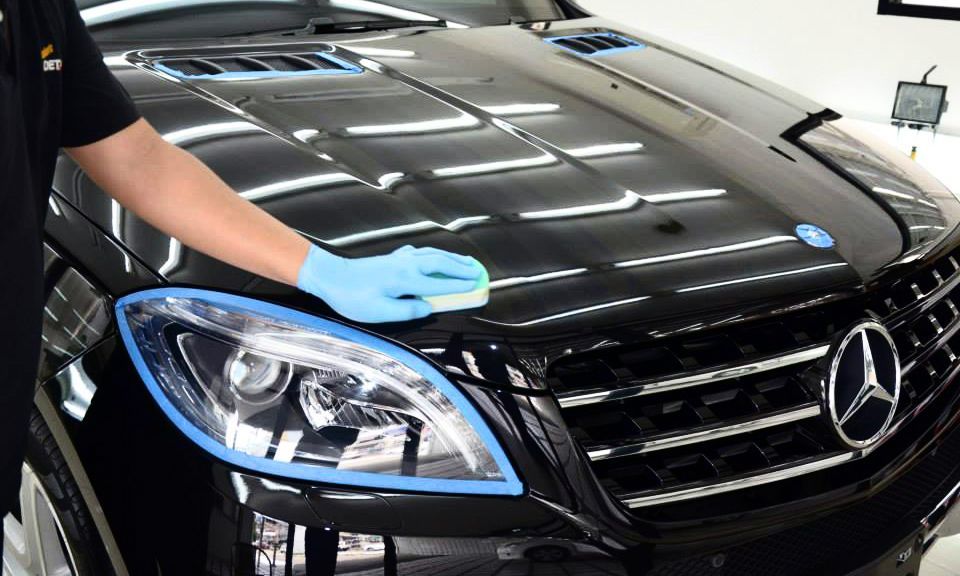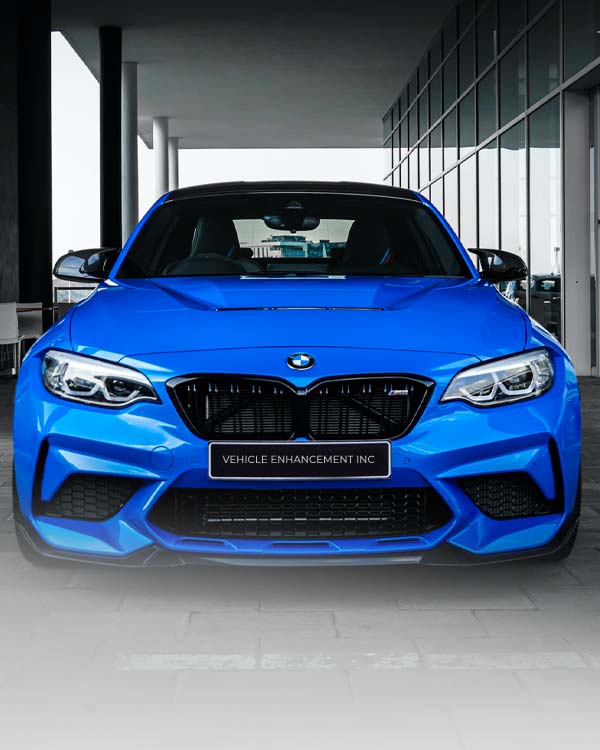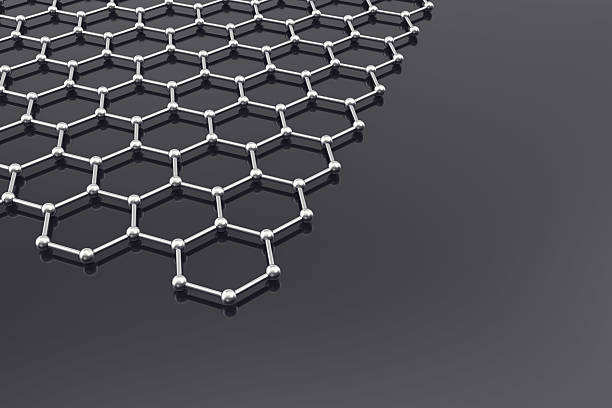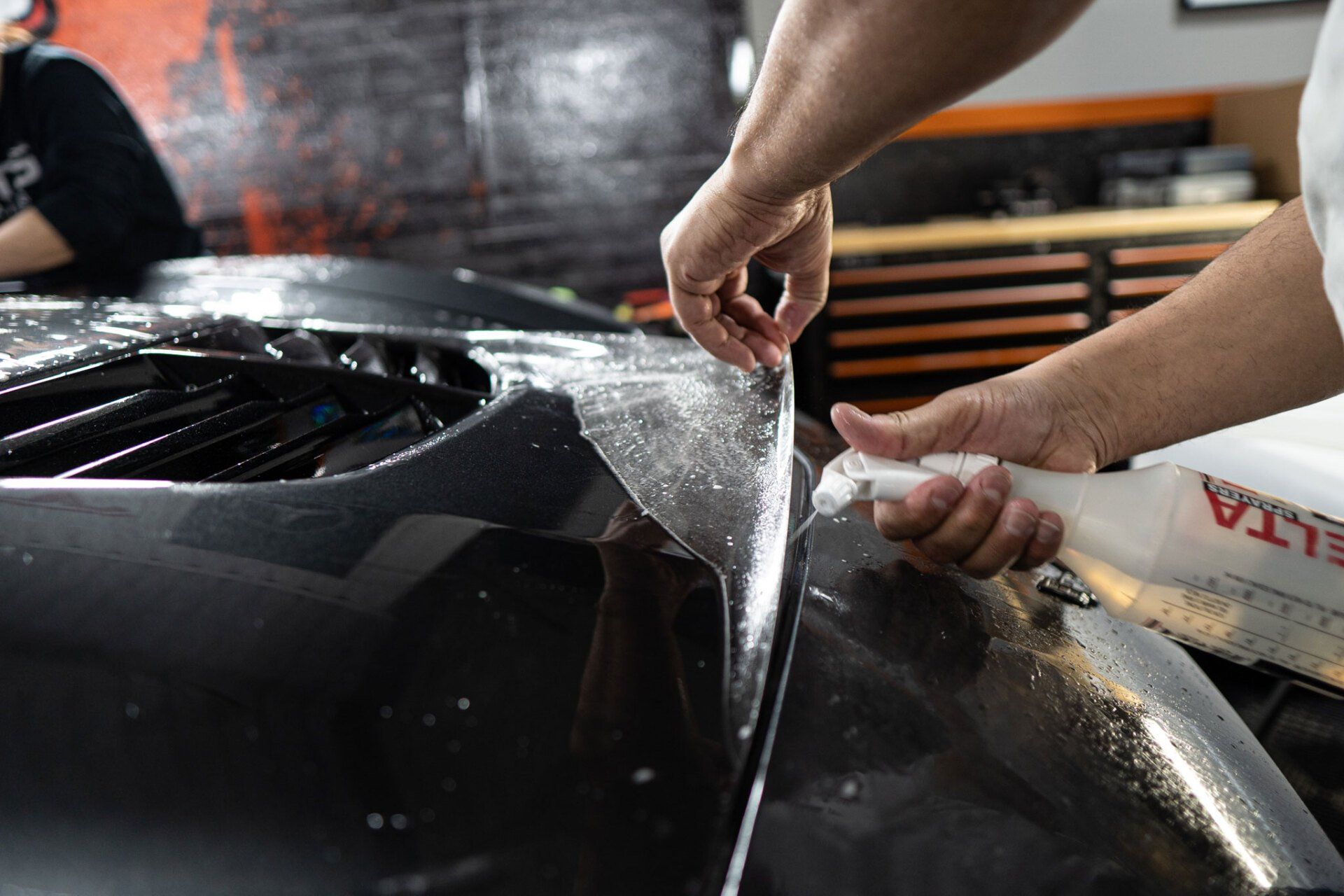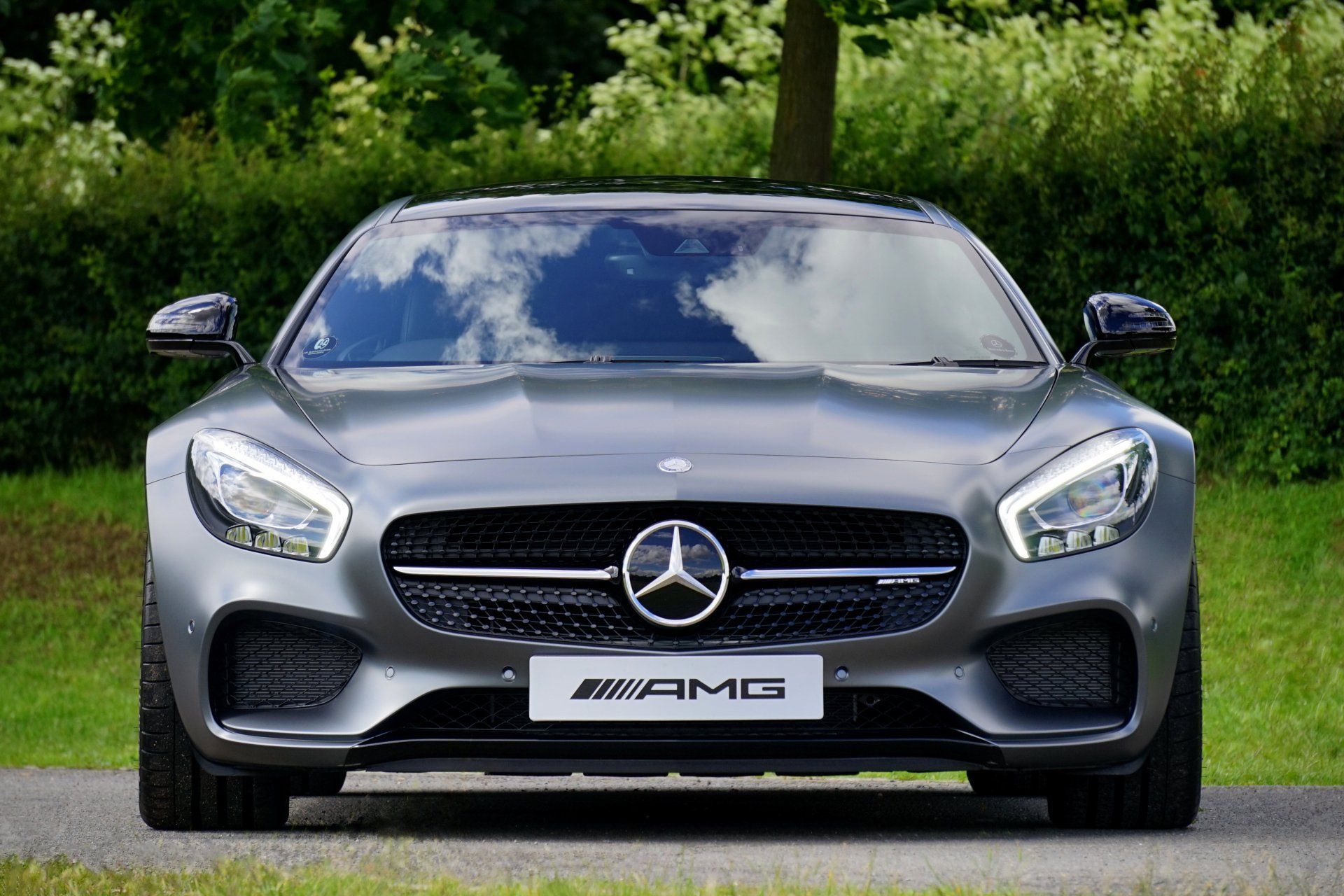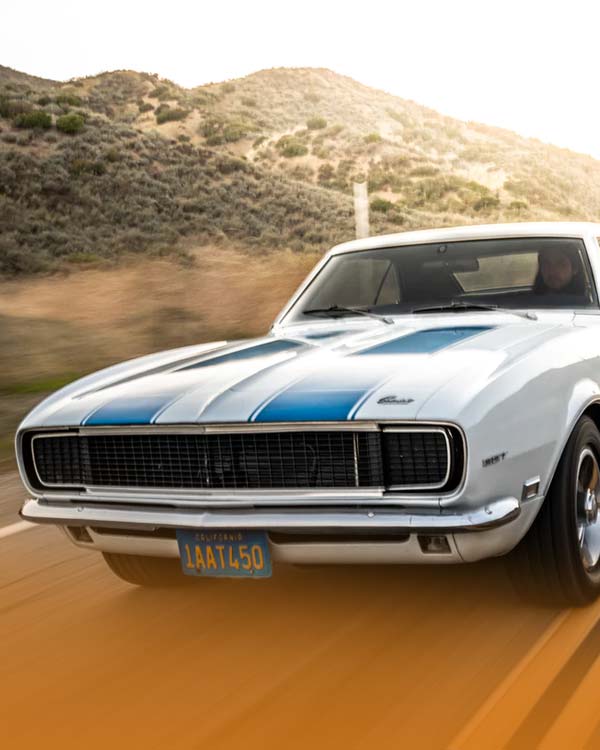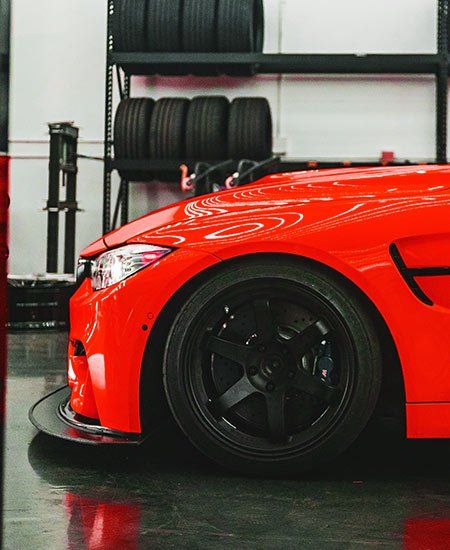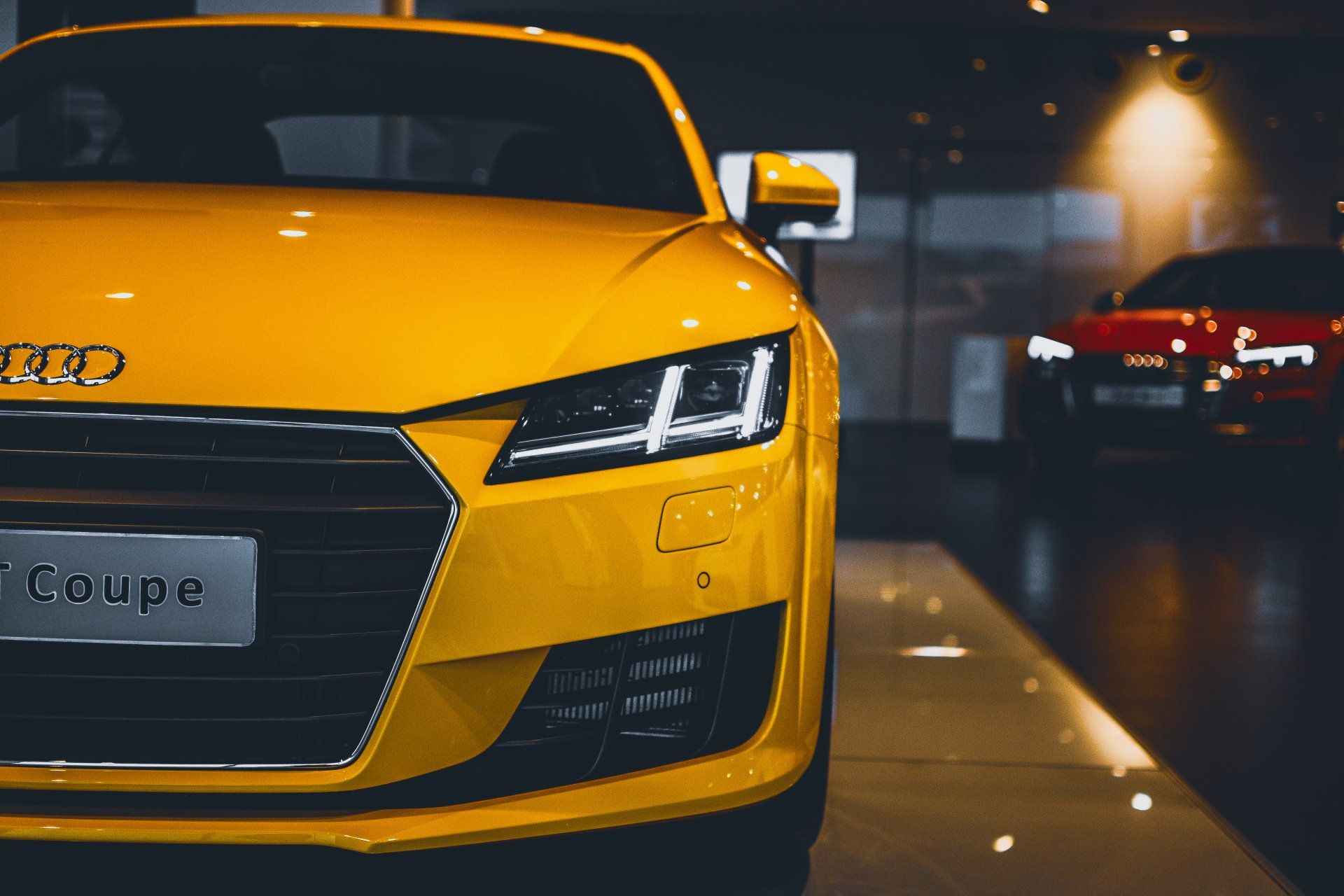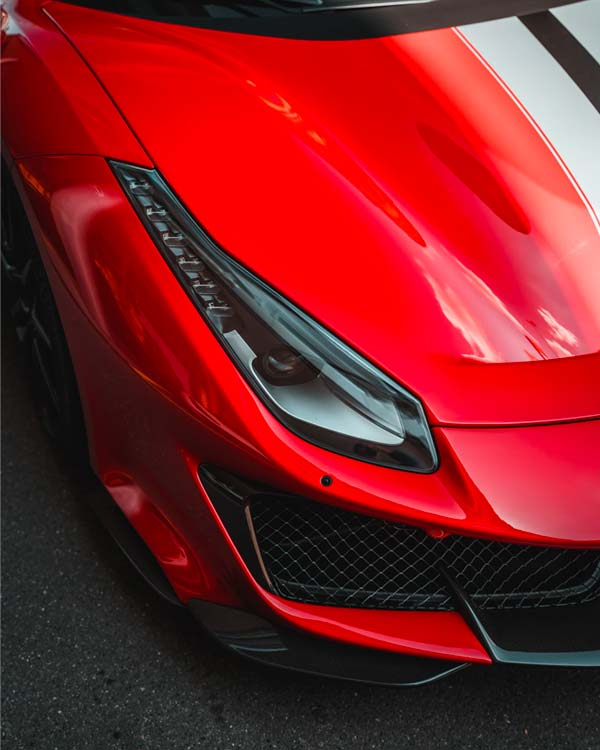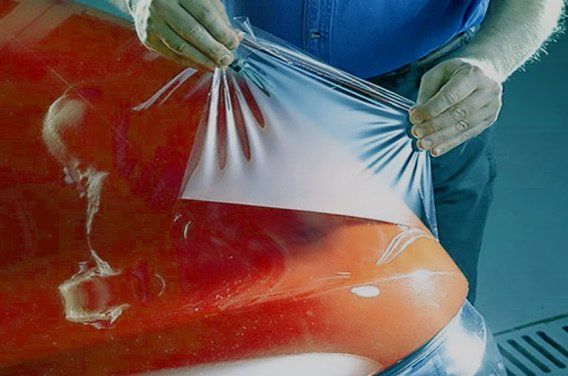The Benefits of Ceramic Coating for Vehicles in Different Climates: Protection and Durability
Ceramic coating plays a pivotal role in protecting a vehicle's exterior from severe weather patterns. It acts as a fortified shield, mitigating the effects of harsh environmental conditions such as intense UV radiation, which has been observed to cause paint fading and oxidation. But here is where it gets interesting: this protective layer isn't simply skin deep. It offers another level of resilience—a sort of invisible armor that not only guards against UV rays but also resists environmental and water damage, extending your car's 'youthfulness'. Ready to learn about the specific conditions it defends against?
Ceramic coating provides a layer of protection for vehicles in different climates by shielding the paint from UV rays, environmental contaminants, and temperature variations. In hot climates, such as desert regions, ceramic coating helps to prevent paint fading and provides resistance to oxidation, while in cold climates, it forms a hydrophobic barrier that repels snow and ice, reducing the risk of surface damage.
Conditions Ceramic Coatings Protect Against
When you think about protecting your vehicle, what comes to mind? Is it UV rays that make the paint fade, maybe acid rain that creates spots, or harsh weather conditions like snow and hail? It turns out that ceramic coatings are well-equipped to safeguard your vehicle against all of these environmental adversaries.
- Harsh UV Radiation: UV rays are relentless. They beam down from the sun and don't just warm things up; they also cause a lot of damage. Over time, they can make your car's paint look dull by fading it or even causing it to crack or peel. When you apply a ceramic coating to your car, it forms a tough layer like a shield that blocks most of the harmful UV radiation from the sun. This means less fading and oxidation for your car. It's like giving your car sunscreen to protect its skin!
- Acid Rain and Contaminants: As if the damaging effects of UV rays aren't enough, there are also environmental contaminants to contend with. Acid rain is one of those not-so-friendly visitors that can eat away at your car's paint. That's where ceramic coatings come to the rescue again. This protective layer helps shield the surface of your vehicle from acidic substances and environmental contaminants that could cause etching and damage to its paint. By adding this extra layer of protection, you're effectively minimizing the potential for unsightly etching or damage caused by these elements. No more worrying about parking under a tree or getting caught in light rain showers!
- Harsh Weather Conditions: And then there's the unpredictable weather—snowstorms, heavy rain, sleet, and hail. These weather conditions create quite a hostile environment for your vehicle's exterior. But with a ceramic coating in place, it acts as a barrier between your vehicle's paint and these challenging conditions. So, whether it’s snowy days or torrential downpours, your car is shielded from extensive paint damage or corrosion that could result from harsh weather.
The benefits of ceramic coatings extend beyond just protecting against the elements; they give you peace of mind, knowing that your vehicle is shielded from whatever environmental challenges come its way.
The Advantages of Ceramic Coating for Various Climates
Ceramic coatings are versatile and adept at providing protection tailored to various climates, making them an essential asset for vehicle owners. Let's break down the specific advantages offered in different climates.
Moist Climates
In areas with high humidity, ceramic coatings play a pivotal role in safeguarding vehicles against water damage and moisture-related issues. The nanotechnology infused in ceramic coatings creates a hydrophobic surface, repelling water and preventing it from seeping into the vehicle's paintwork. By doing so, ceramic coatings effectively stave off rust and corrosion, preserving the vehicle's exterior even in the most humid of environments.
Dry Climates
Conversely, in arid regions characterized by blowing sand, dust, and debris, ceramic coatings serve as an indispensable barrier against abrasive environmental factors. The application of ceramic coatings creates a microscopic protective layer that shields the vehicle's paintwork from the damaging impact of airborne particles. This preservation of the paintwork ensures that the vehicle maintains its luster and shine.
Coastal Regions
For vehicles residing in coastal areas where salt-laden air and sea spray pose unique challenges, ceramic coatings provide robust resistance against salt-induced corrosion. Ceramic coatings act as a strong shield to protect vehicles from the corrosive effects of the salt-laden air frequently found close to coastal areas. By doing so, it effectively prolongs the lifespan of a vehicle's exterior and prevents unsightly corrosion.
By offering tailored protection in moist climates, dry climates, and coastal regions alike, ceramic coatings stand as an invaluable solution for safeguarding vehicles from environmental elements across diverse geographic settings.
Safeguarding Vehicles from UV Radiation with Ceramic Coating
UV radiation from the sun can cause significant damage to a vehicle's exterior. The harmful UV rays have the potential to penetrate the paint surface, leading to oxidation and fading over time. However, ceramic coatings provide an effective shield against these detrimental effects, preserving the vehicle's appearance and extending its lifespan.
Preventing Oxidation
The primary function of a ceramic coating is to form a protective layer over the vehicle's paint. This layer acts as a barrier, preventing UV rays from penetrating the paint and causing oxidation. Oxidation occurs when oxygen interacts with the chemicals in the paint, resulting in discoloration, dullness, and peeling. By blocking UV radiation, the ceramic coating reduces the risk of oxidation, thus maintaining the original look of the vehicle's paintwork for an extended period of time. Moreover, this protective layer not only shields against oxidation but also assists in reducing the effects of environmental contaminants. By minimizing exposure to pollutants, dirt, and grime, ceramic coatings contribute to retaining the vehicle's pristine appearance even in challenging weather conditions and harsh climates.
Maintaining Gloss
In addition to preventing oxidation and fading, ceramic coatings play a crucial role in preserving the glossy appearance of a vehicle. The UV-resistant properties of ceramic coatings help retain the sheen and luster of the paintwork. This means that even under prolonged exposure to sunlight, the vehicle maintains its original shine and finish. The glossy appearance doesn't just add aesthetic appeal; it also contributes to easier cleaning. With a maintained gloss, dirt and water are repelled more effectively, resulting in improved water beading and reduced adhesion of dirt particles. This makes routine cleaning and maintenance more efficient, enhancing the overall look of the vehicle while ensuring long-term protection.
By creating a protective shield against UV radiation and preserving the glossy finish of a vehicle's paintwork, ceramic coatings not only enhance its visual appeal but also significantly extend its durability, making them an invaluable investment for vehicle owners seeking long-lasting protection.
Shielding Against Extreme Temperatures
Whether you live in a scorching hot desert or a freezing cold mountain range, your vehicle's paintwork is constantly battling the elements. This is where ceramic coatings really shine! Let's take a deeper look at how they protect your car from extreme temperatures.
Thermal Insulation
A ceramic coating offers more than just an attractive shine; it provides a high level of thermal insulation, acting as a protective layer against extreme temperature changes. In sweltering heat, the ceramic coating minimizes the impact of the sun's rays on the vehicle's paintwork. Similarly, in freezing temperatures, it helps to prevent damage caused by cold weather and ice formation. This level of thermal protection not only preserves the appearance of the vehicle but also contributes to maintaining its structural integrity.
Minimizing Paint Expansion and Contraction
Extreme temperature fluctuations can cause the vehicle's paint to expand and contract, leading to potential damage such as cracking, peeling, or delamination. Ceramic coatings work to mitigate these effects by minimizing the impact of temperature-related expansion and contraction, thereby safeguarding the paint from such damage. This extra barrier not only shields the vehicle's paint but also ensures that it remains intact under challenging conditions. By preventing the paint from expanding and contracting excessively, ceramic coatings act as a reliable solution for mitigating the harmful effects of extreme temperatures on the vehicle's exterior.
Elements Influencing Coating Durability and Protection
Quality of Application
When you're painting a wall, you take your time to be careful, making sure every bit is covered, right? Applying a ceramic coating is similar, but it's even more important to get it right the first time. If the application of the ceramic coating is done with expertise and precision, it significantly impacts how long the coating will last and how well it will protect your vehicle. A thorough and properly executed process ensures that every part of your car is shielded from environmental elements, offering reliable defense against UV rays, water, dirt, and other contaminants.
Environmental Exposure
The next crucial factor is exposure to different environmental conditions. Exposure to extreme weather conditions and environmental contaminants like pollution or road salt can degrade the protective properties of ceramic coatings over time. It's like wearing a raincoat in a storm—the more often you're exposed to heavy rain or strong winds, the quicker the raincoat may wear out. Regular maintenance and inspection are essential for keeping the protective qualities intact, as they tend to diminish with prolonged exposure.
Product Quality
Not all ceramic coatings are created equal. Just like not all cars are built alike, the quality of the ceramic coating product used plays a critical role in determining its durability and effectiveness in providing protection against varying climate conditions. Higher-quality ceramic coatings designed with advanced formulations tend to offer superior longevity compared to lower-grade alternatives due to their enhanced resistance to harsh weather conditions and environmental factors.
It's clear that for ceramic coatings to offer optimal protection and durability in different climates, meticulous application by skilled professionals, regular maintenance, and high-quality products are vital components that come together to ensure reliable long-term performance.
For more information on how to safeguard your vehicle in any climate with our premium ceramic coating services,
contact us or call us at
(937) 361-7993.
